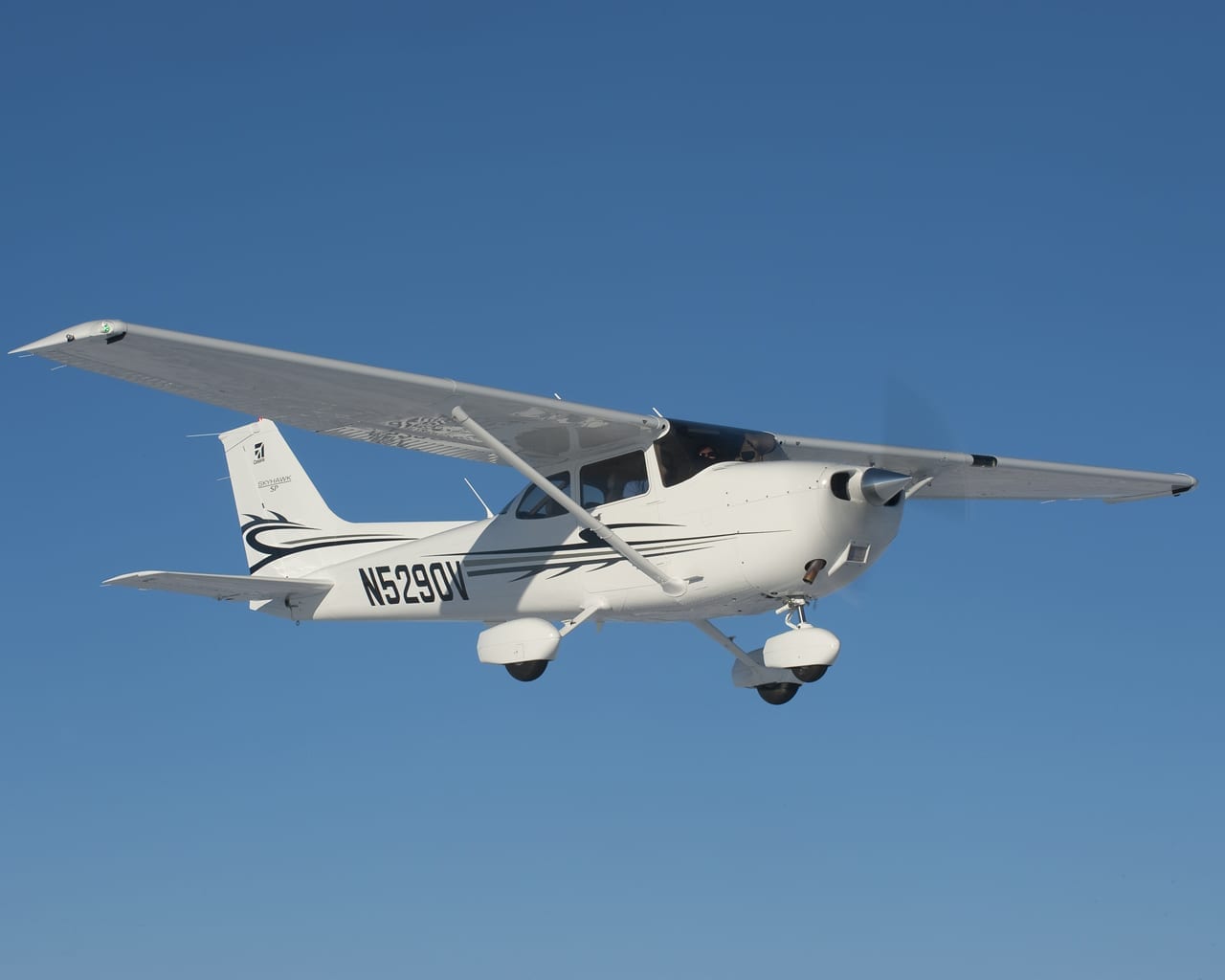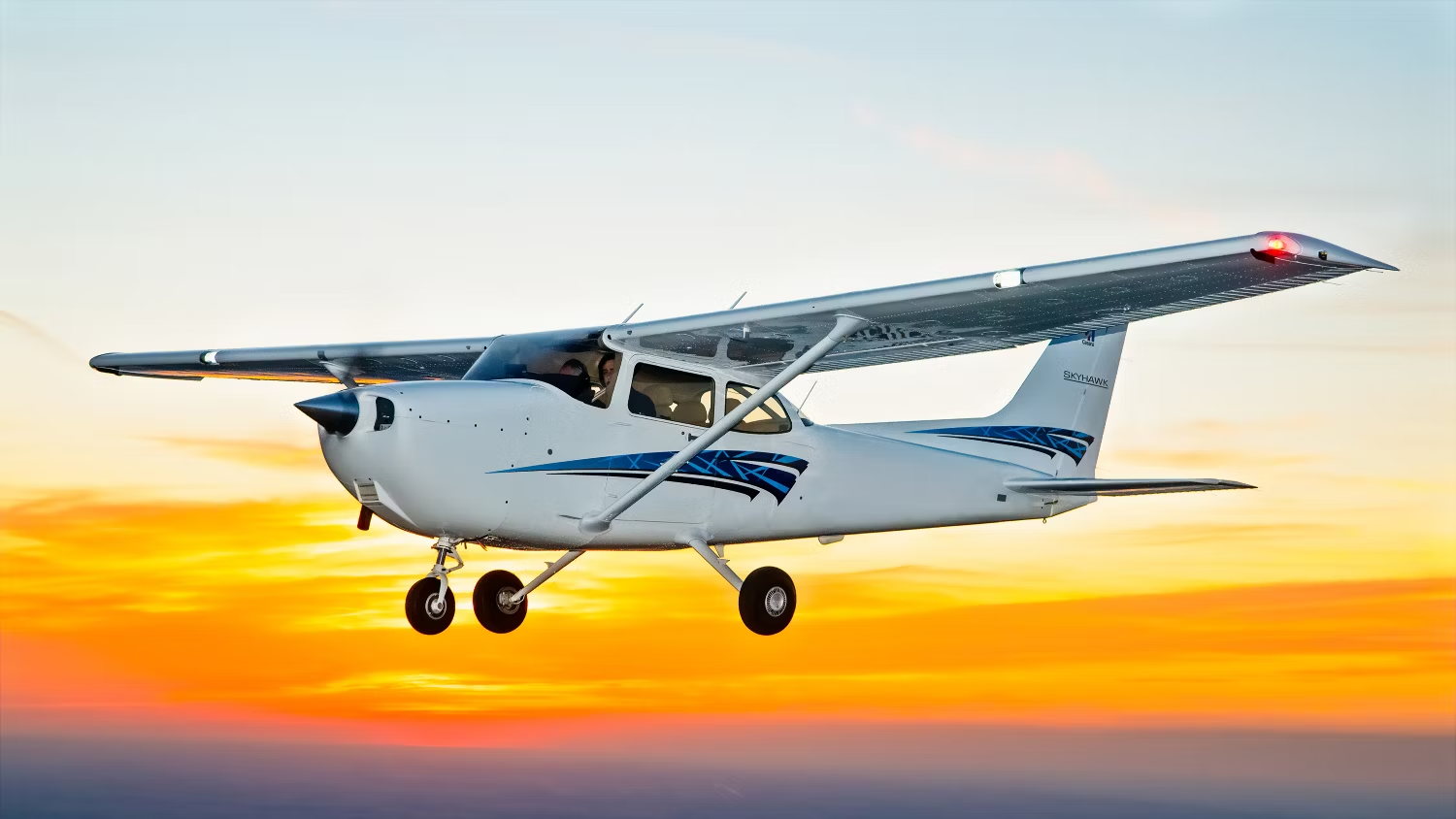Discover the Hidden Facts of the Cessna 172 Skyhawk
The Cessna 172 Skyhawk is a legendary aircraft in the world of aviation, renowned for its reliability and versatility. Since its introduction in 1956, the Skyhawk has become the quintessential training aircraft and personal airplane for pilots worldwide. Yet, beyond its widespread use and iconic status, the Cessna 172 harbors a wealth of hidden facts that contribute to its enduring popularity. This article seeks to uncover these lesser-known aspects of the Skyhawk, offering enthusiasts and aviation professionals a deeper appreciation of this remarkable aircraft.
Unveiling the Secrets of the Cessna 172 Skyhawk

The Cessna 172 Skyhawk is often seen as the archetype of general aviation aircraft, but the simplicity of its design belies a rich history. One of the most intriguing aspects of the Skyhawk is its evolution over the decades. Originally designed in the 1950s, the aircraft incorporated cutting-edge technology for its time, such as a tricycle landing gear which was a departure from the tailwheel configuration dominant in that era. This design choice not only enhanced pilot visibility during taxiing but also improved ground handling, making it more accessible to novice pilots.
Another secret behind the Skyhawk’s success is its adaptability. Over the years, Cessna has introduced numerous variants of the 172, each tailored to specific needs. From the basic training models to advanced versions equipped with modern avionics, the Skyhawk has been continually updated to meet the demands of changing technology and pilot preferences. This adaptability has allowed the Cessna 172 to remain relevant in a rapidly evolving aviation landscape, often serving as the first aircraft for aspiring pilots and a reliable option for seasoned aviators.
Despite being one of the most produced aircraft in history, the Skyhawk has also been a quiet pioneer in sustainability. Cessna has made strides in reducing the environmental impact of the 172 by introducing more fuel-efficient engines and exploring alternative fuels. These efforts are part of a broader industry trend towards greener aviation practices, but the Cessna 172’s early adoption of such measures highlights its role as a forward-thinking aircraft. This commitment to sustainability ensures that the Skyhawk will continue to fly for generations to come, maintaining its esteemed status in the aviation community.
Little-Known Facts About Aviation’s Reliable Workhorse

One little-known fact about the Cessna 172 is its record-breaking endurance flight. In 1958, pilots Robert Timm and John Cook set an endurance record by flying a modified Cessna 172 for 64 days and 22 hours without landing. This incredible feat, achieved by refueling and resupplying mid-air, demonstrated the aircraft’s durability and the pilots’ resourcefulness. The flight remains a testament to the capabilities of the Skyhawk, showcasing its potential beyond typical training and recreational use.
The Cessna 172 is also notable for its understated role in military applications. While primarily a civilian aircraft, various military forces have adopted the Skyhawk for training and liaison duties. Its reliability, ease of maintenance, and forgiving flight characteristics make it an ideal platform for basic flight instruction. In some cases, the 172 has been modified for surveillance and reconnaissance missions, further illustrating its versatility and proving that the aircraft can adapt to diverse operational requirements.
Finally, the Cessna 172 has played a crucial role in advancing pilot training methods globally. As the most popular training aircraft, it has introduced countless pilots to the world of aviation. Its forgiving flight characteristics and straightforward controls provide a stable learning environment, enabling students to focus on mastering fundamental skills. Aviation schools frequently choose the Cessna 172 for its cost-effectiveness and ease of operation, ensuring that it remains a staple in flight training programs around the world.
The Cessna 172 Skyhawk is more than just an aircraft; it is a symbol of reliability, adaptability, and innovation in aviation. Through its storied history, the Skyhawk has broken records, adapted to various roles, and embraced advancements in technology and sustainability. Its enduring popularity and continued production highlight its unmatched value in training and personal aviation. As the aviation industry evolves, the Cessna 172 remains a steadfast presence, embodying the spirit of flight and continuing to inspire future generations of pilots.



